5 Rules for Safe Eating
The right temperature to keep your refrigerator, how to properly rinse veggies and more ways to take the danger out of dining.
By Cheryl Platzman Weinstock
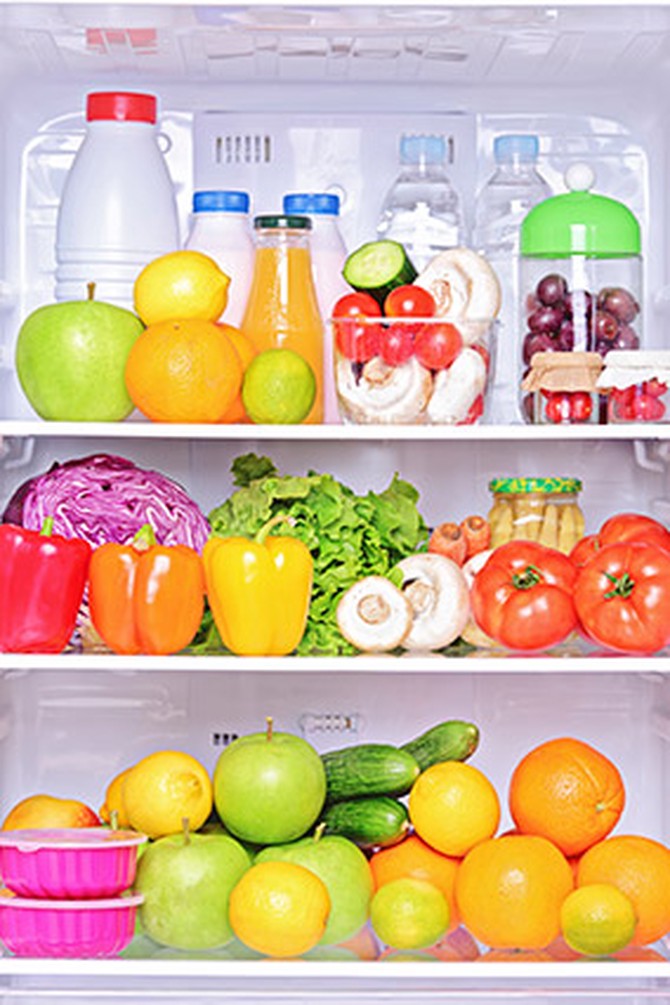
Photo: Thinkstock
Know the Right Temp
Keep your refrigerator at 40 degrees Fahrenheit or below. Bacteria are more likely to grow between 40 and 140 degrees, according to the National Institutes of Health.
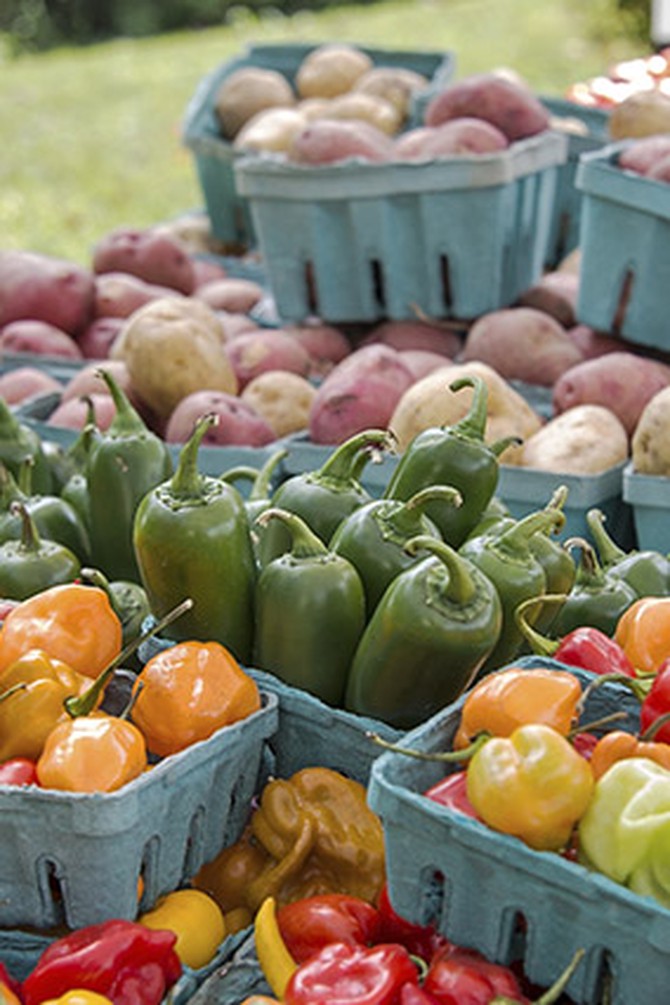
Photo: Thinkstock
Shop Locally
"There's less of a chance for contamination when your food doesn't have to travel far," says Marion Nestle, PhD, professor of nutrition, food studies, and public health at New York University. "Some grocery-store produce can spend weeks in transit."
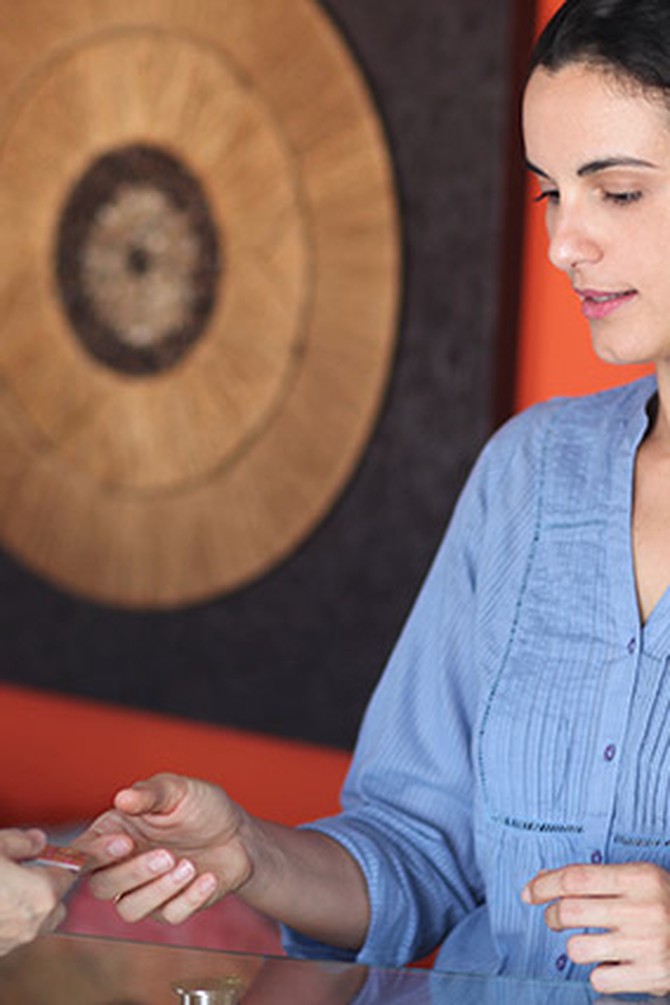
Photo: Thinkstock
Sign Up for the Store Card
Buying at food clubs with a membership card can mean more than just scoring great deals. In the event of a recall, your purchase will be tracked and you'll be notified directly to throw away any food that's potentially been contaminated.
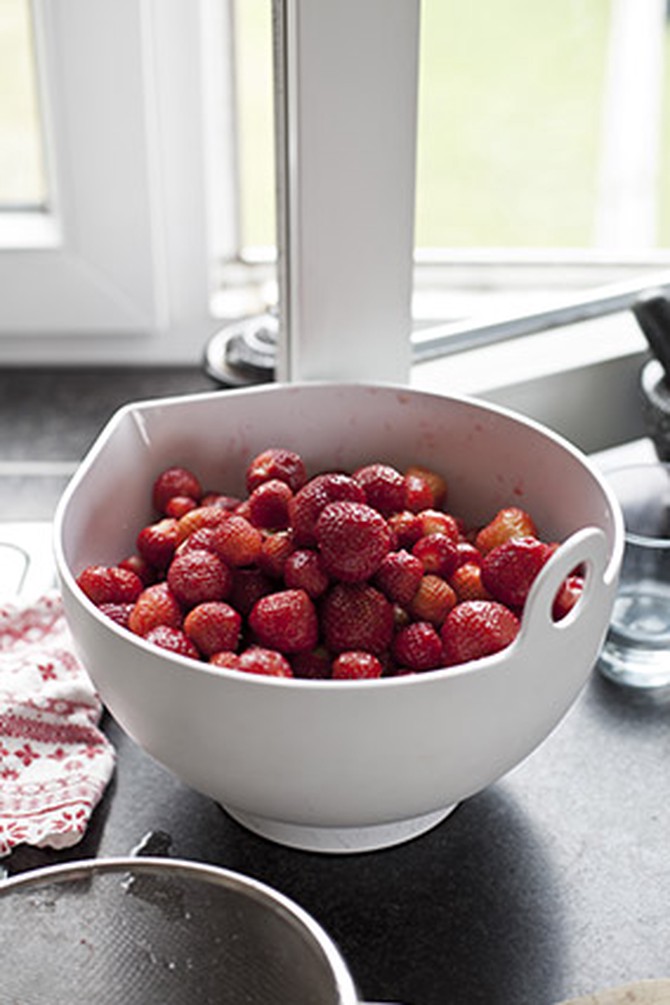
Photo: Thinkstock
Wash Produce
Give an extra rinse to leafy greens, sprouts, potatoes, tomatoes, and berries. They're among the top ten contamination-prone foods linked to nearly 40 percent of all U.S. foodborne outbreaks between 1990 and 2006.
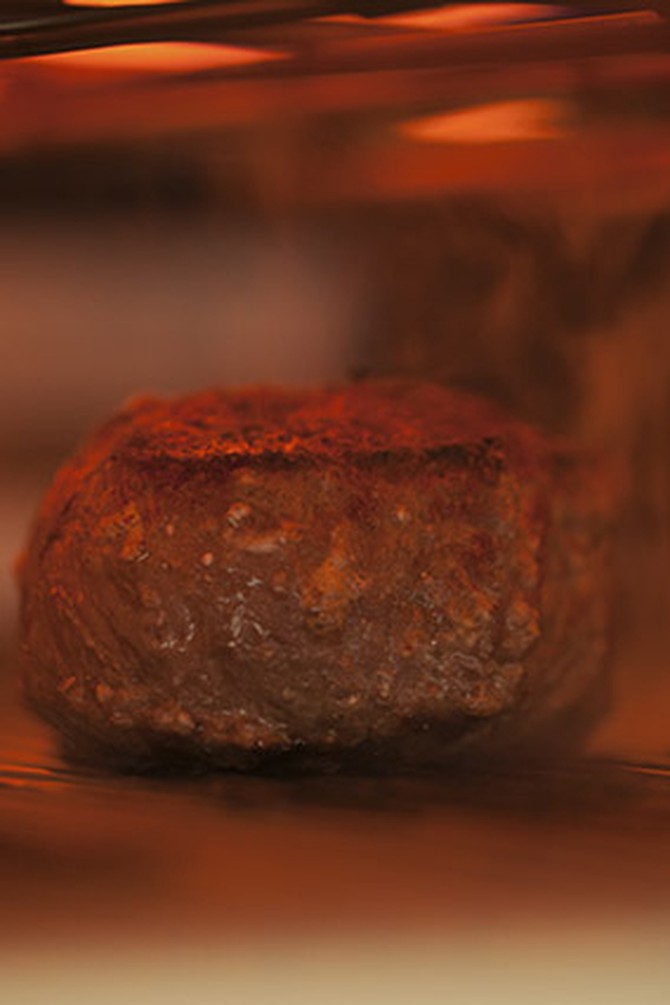
Photo: Thinkstock
...But Not Meat, Poultry, or Seafood
You're more likely to spread bacteria, as water splashes from the sink to the counter, than you are to get rid of it. The best approach: Cook food on high heat to kill any pathogens.
Next: How to protect yourself from food poisoning
Next: How to protect yourself from food poisoning
From the November 2013 issue of O, The Oprah Magazine

